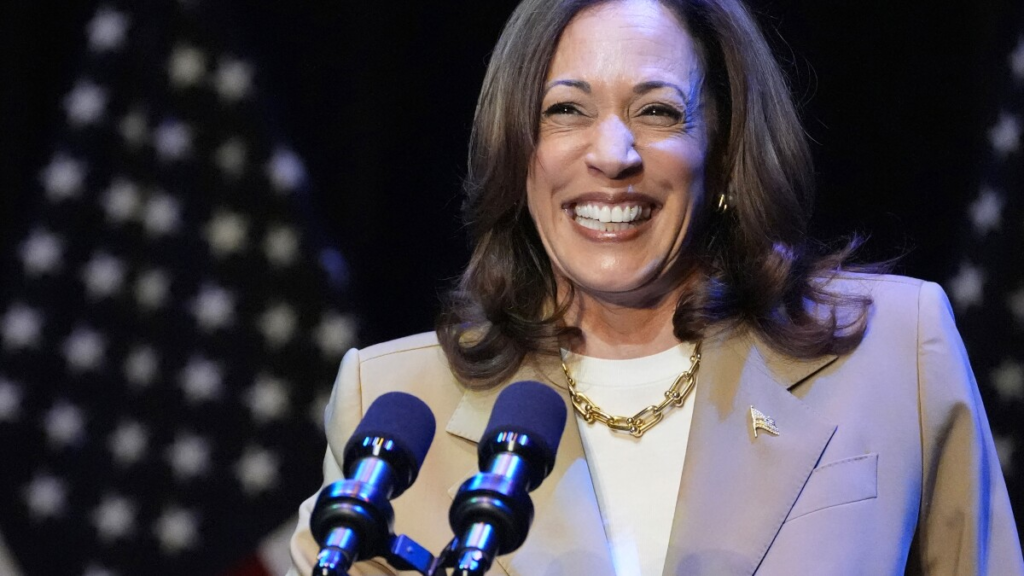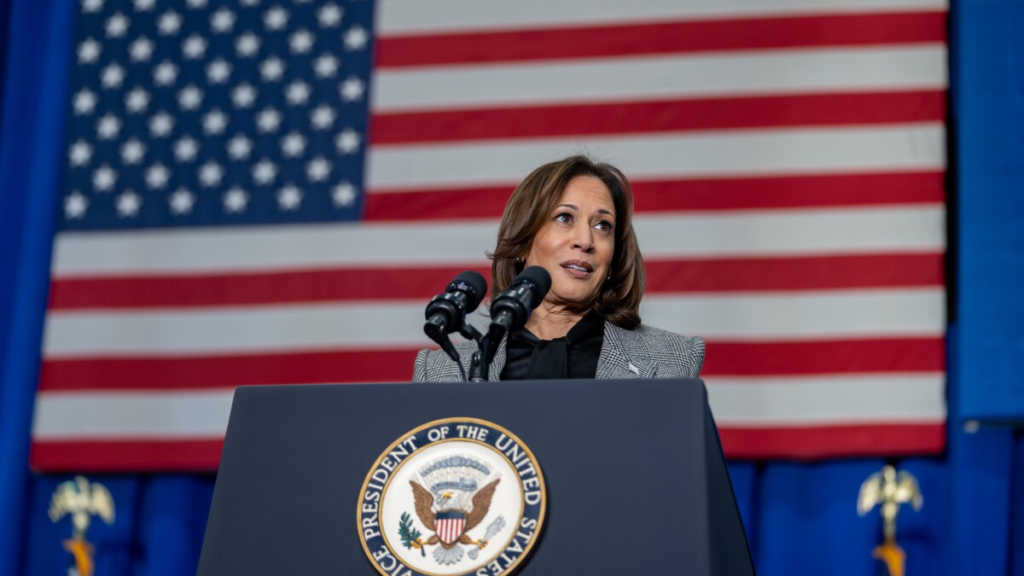Kamala Harris, the Vice President of the United States, made a historic visit to kamala harris pittsfield, Massachusetts, in what has become one of the more significant moments in the city’s recent political landscape. Her visit, embedded within the Biden-Harris administration’s broader political and legislative goals, attracted a great deal of attention from local and national media, reflecting both the importance of the location and the themes Harris sought to promote.
The purpose of Harris’s visit was multifaceted. From promoting the administration’s economic recovery efforts and infrastructure plans to advocating for climate resilience and racial equity, the Vice President’s trip was rich with political and symbolic meaning. It underscored the administration’s commitment to both small-town America and pressing national issues like climate change and education.

Why Pittsfield?
Pittsfield is a city with a rich history, located in the western part of Massachusetts, often seen as a symbol of post-industrial America. Once a booming hub of industry and innovation, the city, like many others in the United States, experienced significant economic downturns during the decline of manufacturing in the late 20th century. In recent years, Pittsfield has been working hard to reinvent itself, focusing on arts, culture, and education, while attempting to attract new businesses to fill the void left by the old industrial giants.
The Biden-Harris administration, in its push for infrastructure improvements and economic revitalization, sees places like Pittsfield as central to its plans. The city, in many ways, represents both the challenges and opportunities present in small and mid-sized American cities across the country. It’s a place where the administration’s goals of economic recovery, job creation, and climate resilience intersect.
By visiting Pittsfield, Harris signaled that the administration’s priorities are not solely focused on large metropolitan areas but also on smaller cities and towns that are crucial to America’s broader recovery.
Focus on Climate Resilience and Infrastructure
One of the key themes of Harris’s visit was climate resilience, an issue that has become increasingly important to the Biden-Harris administration. With the effects of climate change becoming more pronounced, including more frequent and severe weather events, the administration has emphasized the need to invest in climate-resilient infrastructure.
Harris’s visit included a stop at a local infrastructure project in Pittsfield, where she spoke about the importance of building resilient communities that can withstand the impacts of climate change. She emphasized that investments in green infrastructure—such as renewable energy, sustainable building practices, and improved public transportation—are not just about addressing climate change, but also about creating jobs and stimulating economic growth.
In her remarks, Harris pointed out that investments in infrastructure have the potential to transform cities like Pittsfield. By modernizing roads, bridges, and public transit systems, the administration aims to create jobs for workers in construction and related fields, while also preparing cities to face the challenges of a changing climate. Harris’s message resonated with local leaders and residents, many of whom have been advocating for greater federal investment in infrastructure.
Moreover, the Vice President stressed the importance of ensuring that these investments benefit all Americans, including communities of color and low-income neighborhoods, which have historically been disproportionately affected by environmental hazards and underinvestment in infrastructure.

Education and Workforce Development
Another significant focus of Kamala Harris’s visit to Pittsfield was education and workforce development. The city, like many others, has been grappling with the need to retrain its workforce to meet the demands of the 21st-century economy. With the decline of manufacturing jobs, many residents have had to look to new sectors for employment, including healthcare, technology, and renewable energy.
During her visit, Harris toured a local community college and met with students and educators to discuss the importance of workforce development programs. She highlighted the administration’s commitment to making higher education and job training more accessible and affordable, particularly for individuals from underserved communities.
Harris also discussed the role of community colleges in equipping students with the skills they need to succeed in the modern workforce. She praised the innovative programs at the college, which focus on areas like healthcare, advanced manufacturing, and green technologies, and serve as a model for other institutions across the country.
Her remarks touched on the need for collaboration between the federal government, local businesses, and educational institutions to ensure that workers are prepared for the jobs of the future. By investing in education and job training, the administration hopes to bridge the skills gap and ensure that American workers remain competitive in the global economy.
Advocating for Racial Equity
Racial equity was another important theme during Harris’s visit to Pittsfield. As the first woman, first African American, and first Asian American Vice President, Harris has long been a vocal advocate for racial justice. Her presence in Pittsfield underscored the administration’s commitment to addressing systemic racism and promoting equity across all areas of policy.
In her speech, Harris acknowledged the challenges faced by communities of color in cities like Pittsfield. She spoke about the need for targeted investments in these communities, particularly in areas like housing, education, and healthcare. She emphasized that the administration’s plans for economic recovery and infrastructure investment must include measures to ensure that all Americans, regardless of race or socioeconomic status, benefit from these efforts.
Harris’s focus on racial equity is particularly relevant in Pittsfield, a city that has seen demographic changes over the years and is working to become a more inclusive community. Her visit provided an opportunity for local leaders to discuss the steps they are taking to address issues of racial inequality and ensure that all residents have the opportunity to thrive.
Engaging with the Community
In addition to her formal remarks, Kamala Harris took time to engage directly with the people of Pittsfield. She visited small businesses, met with local leaders, and listened to the concerns of residents. This aspect of her visit was particularly important, as it demonstrated her commitment to understanding the needs and challenges faced by everyday Americans.
For many in Pittsfield, Harris’s visit was a moment of pride. It was a rare opportunity for a small city to host such a high-profile figure, and the community responded with enthusiasm. Local media outlets covered the visit extensively, and residents lined the streets to catch a glimpse of the Vice President.
The visit also provided a platform for local leaders to highlight the progress Pittsfield has made in recent years. While the city still faces challenges, including economic inequality and the need for more jobs, there is a sense of optimism about the future. Harris’s visit reinforced this optimism, as she spoke about the potential for cities like Pittsfield to play a central role in the nation’s recovery.

Moving Forward
kamala harris pittsfield was more than just a political stop; it was a powerful statement about the future of small-town America and the Biden-Harris administration’s vision for the country. Through her focus on infrastructure, climate resilience, education, and racial equity, Harris conveyed the administration’s commitment to building a more inclusive and sustainable future for all Americans.
For Pittsfield, the visit was a moment of recognition and hope. It underscored the city’s importance in the broader national conversation about economic recovery and social justice, and it highlighted the progress the city has made in recent years. As the Biden-Harris administration continues to implement its policies, cities like Pittsfield will play a crucial role in determining the success of these efforts.
The lasting impact of Harris’s visit remains to be seen, but for many in Pittsfield, it was a moment that will be remembered for years to come.
